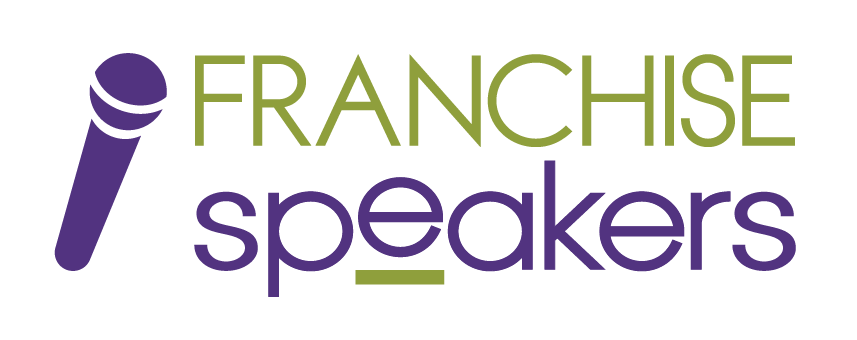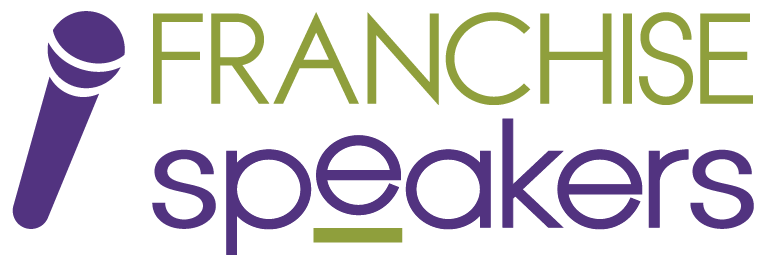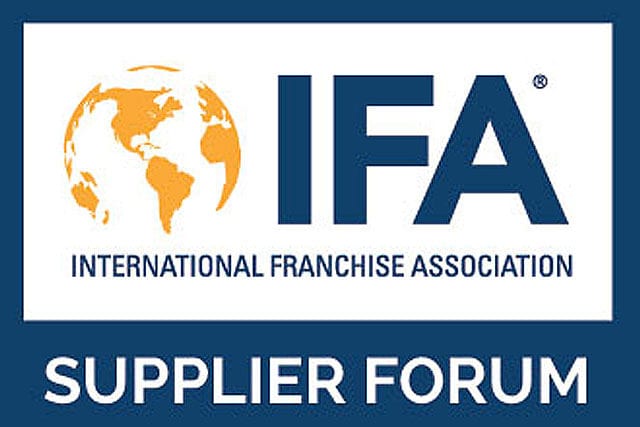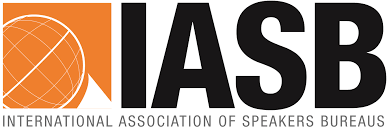From Keynote Speaker, Troy Hazard… imagine…
“You are sitting in the front row, your introduction is being read, you’re focused on your opening line as you know you need to come out of the gate to grab the audience energetically and empathetically. The conference organizer leans over and quietly whispers in your ear, ‘oh by the way, we’re running about 15 minutes late, do you think you could pick up that time for us and cut your presentation a little short?’.
This is the scene in the movie where the background fades to black and the focus is tight on the hero’s face, as a small bead of sweat rolls down his cheek. His brain starts to buzz as he wonders, will he step out into the street and be gunned down by the villain, or will he be able to get it together and walk out guns blazing to win the day. ‘Ladies and gentlemen, please welcome…’
On average, there is about 7-second walk up time, from the time your speaker leaves their seat to the time they open their mouths with their first line. And that’s about all you’ve given them to re-arrange an hour of content into 45 minutes. Can it be done? Absolutely. Is it a good use of your investment in your speaker? Maybe not.
In the lead up to a presentation I typically have the usual briefing calls, and clarify some more questions on the path to developing content to suit the time allocated. I’ll move on to do a video of content flow, refine that, get feedback, and then with a framework in place I will set about populating that framework with specific stories, case studies, and experiences to suit the outcomes the conference organizer seeks. THEN, I’ll set about honing that content. The final phase alone typically takes me about 16 hours for every hour on stage. Then I start rehearsing. To ‘undo’ all of that in 7 seconds is certainly a challenge. We all know things go astray, and a professional worth their fee will always have a ‘plan B’ of their presentation in case something like this happens, but a change up like this is akin to asking a NASCAR driver, ‘you can win this race in reverse, right?’
As you leave your seat, you know you only have 7 seconds to get this sorted. The Rubik’s Cube in your head is already shifting things around and working out which content can come out (and some WILL come out, as you know you can’t squeeze 60 minutes into 45 without losing the authentic connection with the audience). It’s the last 3 steps up to the stage, you’ve made mental notes of which PowerPoint slides you’ll skip and how you’ll do that without looking like you have lost your way, and you’ve worked out which stories won’t make the cut. And away you go….
45 Minutes later you walk off stage, sure you got a standing ovation, and the crowd loved it, largely because they’ll never know what you left out, but you’re a little flat knowing that you missed a key point that would have really hit it out of the park, and you KNOW the conference organizer is going to ask why, ‘that one story that they loved’ never made it into the line up…”
 We’ve heard stories through the years about the challenge of sticking to an event schedule—with hundreds of moving pieces, it’s an amazing feat to even create a workable schedule, much less stick to it…right? And when it inevitably goes off track, WHERE in the world will the time be made up?
We’ve heard stories through the years about the challenge of sticking to an event schedule—with hundreds of moving pieces, it’s an amazing feat to even create a workable schedule, much less stick to it…right? And when it inevitably goes off track, WHERE in the world will the time be made up?
Well, we asked a few meeting industries pros, along with some of our favorite speakers, to share their thoughts about staying on time. In addition to Troy’s stream of consciousness real life scenario (LOVE it 😊) above, here are a few considerations we heard about staying on time and protecting the speakers’ time, where possible…
- The ability to keep all sessions on schedule sends an important, subtle message to attendees that their leadership (the event organizer) is professional, in control and respectful of their time. That confidence plays a key role in increasing attendees’ pride and loyalty in the company or organization.
- Keeping franchisees happy! Of course, your attendees schedule their work days around the conference schedule, so if time dominos down throughout the day, your franchisees’ schedules will be affected as well.
- By running over on time, you run the risk of having to pay OT on tech labor, or labor overages that are unbudgeted.
- Running on time reduces stress for everyone. Period.
- A well-run meeting results in positive feedback from attendees. It lets them know that you care about and value their investment of time, energy and attention—which can help registrations for next year’s event!!! 😉
- Experienced keynoters will have designed their presentations with a dramatic arc—that is a beginning, middle and end—which takes the audience on a journey with (hopefully) a meaningful outcome. When session segments run long, resulting in crunching the keynoter’s time, his/her effectiveness is reduced as is the audience’s education/inspiration/motivation/take-away.
- Often the Q&A is the final section of a keynote—and often deemed most personal and meaningful part to the attendees. But it’s often first on the chopping block.
- If you have paid for an exclusive SME (subject matter expert) based on a launch or significant milestone or tactical issue within the company, of course you’ll want to provide full value/time.
- Within a convention the speaker is often the biggest investment…not just in terms of money, but more so relative to the impact the event has on attendees.
- If you divide a speaker fee by the minutes you’re allotting, you’ll see how much you’re paying per minute. Cutting out even five minutes is a waste of a LOT of money. And who knows if something cut will deprive your group of that one extra idea that might change their business.
- And finally, when considering where you might make up time in an event that is running late, consider this, you too have gone to great lengths to select your speaker, you watched countless videos, had numerous telephone conversations, and invested hours of expensive executive time in your selection process. Your speaker has crafted a program to suit the outcome you seek in the time you’ve allocated for them to achieve that. And both parties have an expectation of an outstanding result based on all of the great work you’ve put into that pre-planning. You are nearly at the finish line. Do you really want to change that up?
Thanks to the following friends and partners who shared their thoughts for this article: Linda Goldman, Principal, Harris Goldman Productions, Cori Bokath, Senior Conference Manager, Meeting Expectations and professional speakers, Troy Hazard, Joe Calloway, Scott Greenberg and Kevin Brown.
And here’s one more insightful comment I heard just last week from keynote speaker, Eric Saperston, “When the speaker is asked to cut content as the last minute, their attention is on what they need to pull out. Energetically my body contracts vs. being relaxed and open. That can really alter how the content is received.”
As always, wishing you a fabulous, impactful event—and may your timeline go unnoticed by all but your meeting planner!
As always, we are standing by to help with your speaker needs!
More soon…
Katrina
P.S. We heard several times that utilizing a time counter visible from the platform is a simple, inexpensive investment, which could pay huge dividends over the course of an event.



